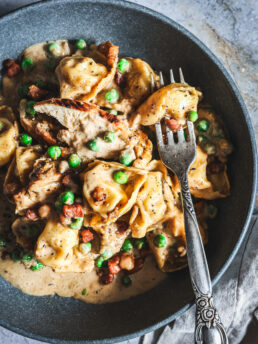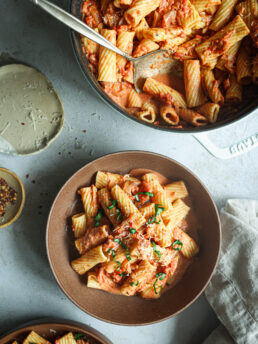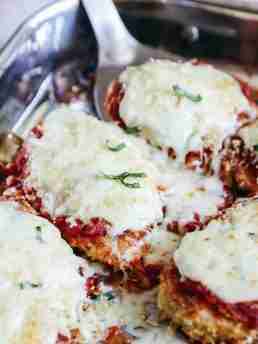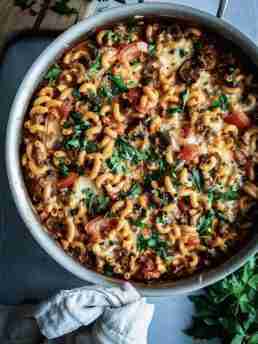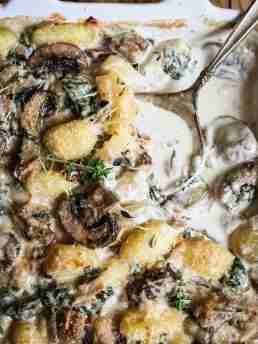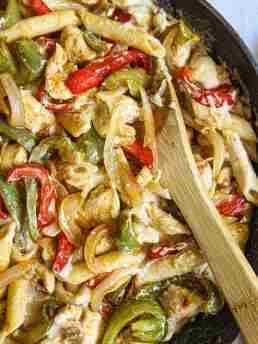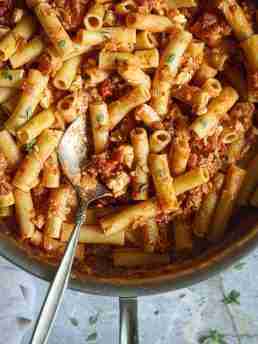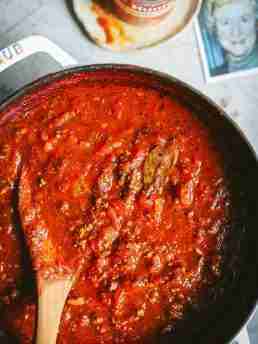Italian Recipes
Italian food. You can’t hardly read those words without imagining the bold flavors and exquisite mouthfeel that define so many dishes from the country.
This is a land of pasta and cheese, yes—but also fresh vegetables, lively herbs, and a tradition of technique that’s been honed and handed down for centuries.
A close look at Italian cuisine, however, reveals regional diversity unlike anywhere else. Italy gives you everything from rustic dinners to sun-kissed salads with a selection of distinct food cultures.
So, let’s take a stroll through each region. We’ll consider their specialities and fall in love with their staple dishes. But first, let’s consider what makes Italian cooking so quintessentially Italian.
What Exactly Is Italian Cooking?
The philosophy behind Italian cooking is as simple and true as the cooking itself: the best dishes come from the best ingredients.
The juiciness of ripe tomatoes. The nutty depths of olive oil. If you give these ingredients space and time, they will make each bite memorable. That’s why Italian recipes often focus on just a few elements, giving each one the room to fully express itself.
Just think of a great gnocchi. A tastefully restrained sauce allows the attention to focus on the gnocchi, where layers of the experience unfold one after the other. The pillowy texture gives way to earthy flavor, which slowly shifts to sweetness as the starch breaks down.
The Food Regions of Italy
The key difference in Italian cooking lies between the northern and southern regions.
- Northern Italian cooking features more dairy, offering up rich and hearty meals that bring sumptuous comfort. It’s here that we see the extensive use of butter, cream, and cheeses like Parmesan and Gorgonzola. Rather than pasta, these chefs prefer Risottos and polenta. That shift to different grains expresses the unique agricultural tradition of northern Italy, even though it cuts against stereotypes.Popular dishes include osso buco and veal Milanese. Soups like minestrone are also quite common, often featuring root vegetables and beans.
- Southern Italian cooking brings in the influence of the Mediterranean with fresh seafood paired with other bright flavors. Oh, and here you get lots of olive oil and tomatoes, which grow easily in the sunny climate. It’s the home of pizza (thank you, Naples) and pasta dishes like spaghetti alla puttanesca and penne all’arrabbiata.On the southern island of Sicily, the food is shaped by a history of Greek, Arab, and Spanish gastronomy. Some famous examples include caponata and cassata cake.
Finish Strong with Italian Dessert and Beverages
The main courses of Italy are so iconic that it’s easy to forget that they are also globally renowned for the desserts and beverages, too.
The sweet side brings us the beloved tiramisu—with its layers of coffee-soaked ladyfingers and mascarpone cream. Any self-respecting Italian dessert menu will also feature refreshing gelato and creamy panna cotta.
Beverages include the deep flavors of espresso in the morning and afternoon, and the day is finished off with digestivos like limoncello and grappa after dinner.
These fineries emphasize the balance and simplicity of Italian cuisine. Sophisticated and confident, this cooking tradition forms a vital part of world culture.


